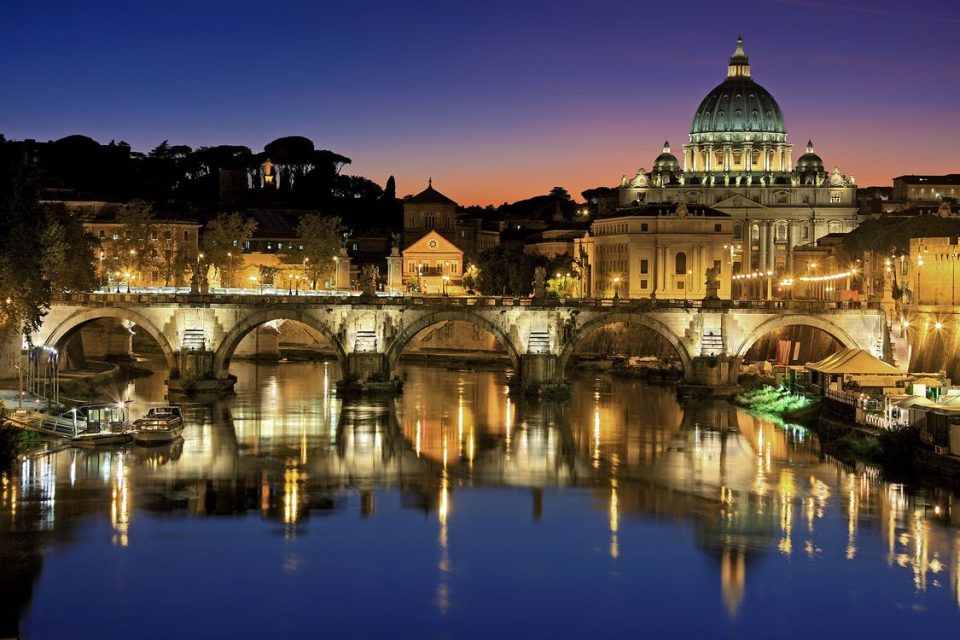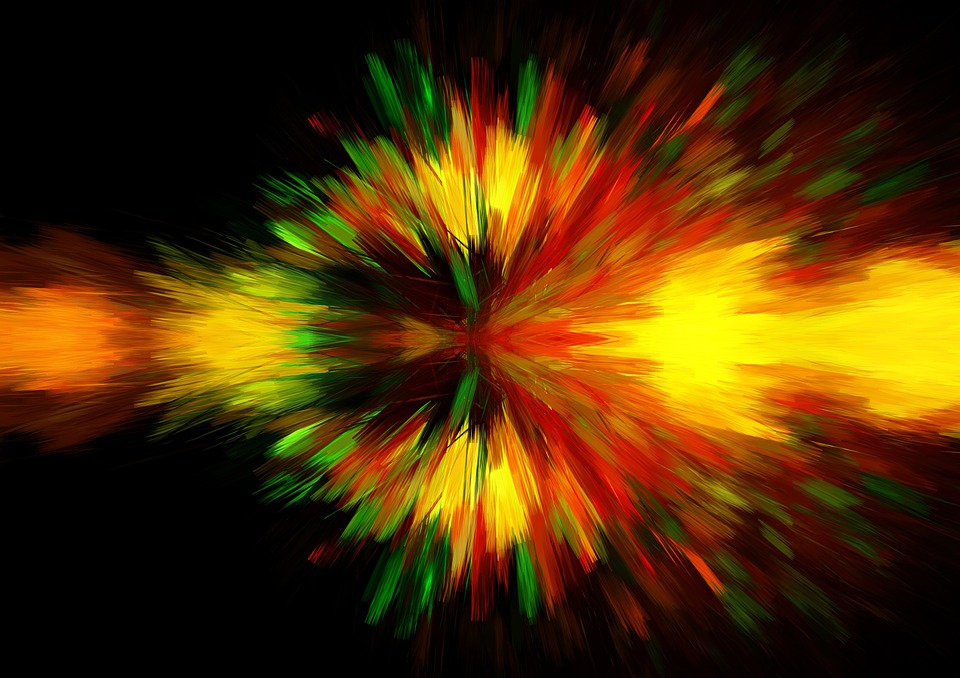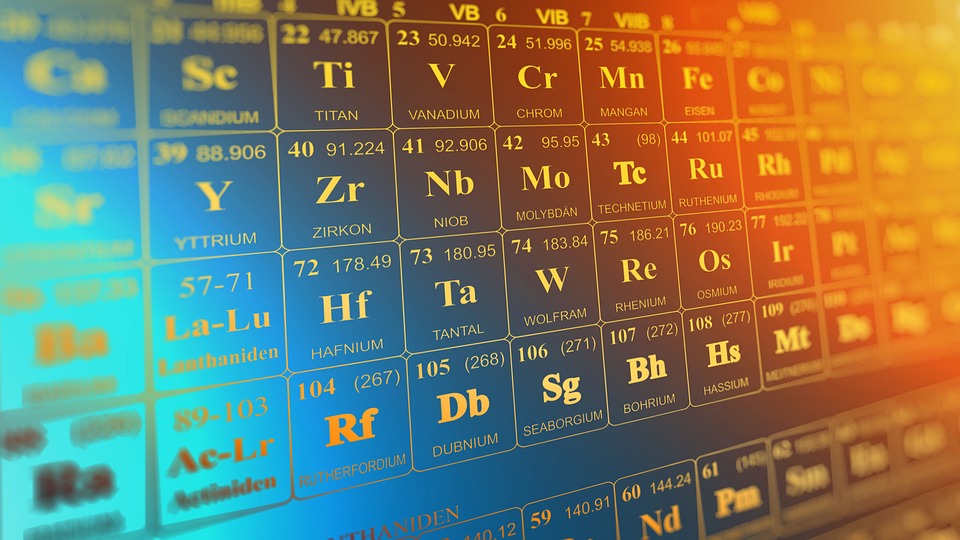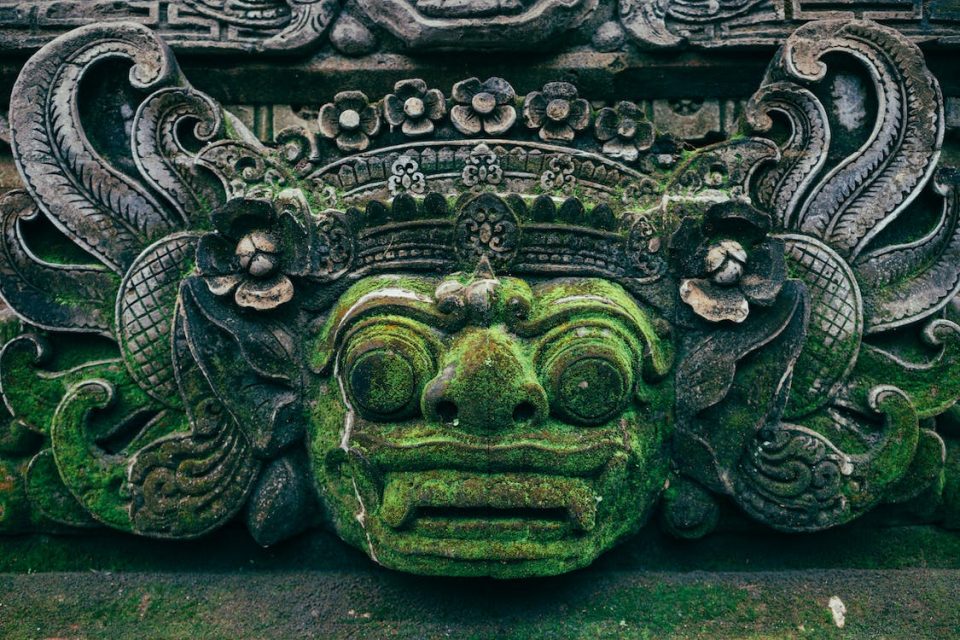
The Pop Art movement emerged in the United States in the mid-1950s and reached its peak in the 1960s. The movement was a reaction against the elitism and formalism of the abstract expressionist movement that had dominated American art in the post-World War II era. Pop artists sought to create a new visual language that reflected the mass media, advertising, and consumer culture of postwar America. They used images from popular culture such as comic strips, advertising, and everyday objects, and incorporated them into their artwork in a way that was both ironic and critical.
There were many artists associated with the Pop Art movement, but some of the major figures include Andy Warhol, Roy Lichtenstein, Claes Oldenburg, James Rosenquist, Tom Wesselmann, and Robert Rauschenberg. Each of these artists had a unique style and approach to the movement, but all of them shared a common interest in exploring the relationship between art and popular culture.
Andy Warhol is perhaps the most famous of the Pop artists. He began his career as a commercial illustrator and later became a prominent figure in the New York art scene. Warhol’s work was characterized by his use of repetition and his fascination with celebrity and consumer culture. He often used images of popular icons such as Marilyn Monroe, Elvis Presley, and Campbell’s soup cans in his artwork. His most famous work, the series of silkscreened images of Marilyn Monroe, exemplifies his use of repetition and his interest in celebrity culture.
Roy Lichtenstein was another major figure in the Pop Art movement. He was known for his use of comic book imagery and his bold, graphic style. Lichtenstein’s work often featured exaggerated dots and lines, which mimicked the printing process used in comic books. His most famous works include “Whaam!” and “Drowning Girl,” which both use comic book panels as the basis for the artwork.
Claes Oldenburg was known for his sculptures of everyday objects, which he often enlarged to monumental proportions. His work was influenced by his interest in American consumer culture, and he used materials such as vinyl and foam rubber to create his sculptures. Some of his most famous works include “Giant Hamburger” and “Giant Soft Toilet.”
James Rosenquist was known for his large-scale paintings that incorporated images from advertising and popular culture. His work often featured fragmented images that were layered on top of each other, creating a sense of disorientation and confusion. His most famous work, “F-111,” is a 86-foot-long painting that combines images of a fighter jet with images of food, beauty products, and other consumer items.
Tom Wesselmann was another artist associated with the Pop Art movement. He was known for his large-scale paintings of everyday objects, such as cigarettes, television sets, and refrigerators. Wesselmann’s work was characterized by his use of flat, bright colors and his interest in the female form. His most famous works include “Great American Nude” and “Still Life #30.”
Robert Rauschenberg was an important figure in the development of the Pop Art movement. He was known for his use of found objects, which he incorporated into his artwork. His most famous work, “Erased de Kooning Drawing,” involved erasing a drawing by the abstract expressionist Willem de Kooning and framing the empty frame as a work of art.
The works of these artists reflected the consumer culture of postwar America in a number of ways. First, they incorporated images from advertising and popular culture, such as comic strips and product logos, into their artwork. By doing so, they brought these images into the realm of high art, and questioned the traditional boundaries between high and low culture.
Second, the Pop artists were interested in the effects of mass production and consumerism on American society. They were critical of the materialism and conformity that they saw in postwar America, and their work often had a satirical or ironic edge. For example, Warhol’s repetition of images of celebrities and consumer products highlights the way that mass media and advertising can create a sense of sameness and conformity.
Third, the Pop artists were interested in the relationship between art and technology. They embraced new technologies such as silkscreening and photolithography, which allowed them to reproduce images on a large scale. They also experimented with new materials such as plastics and vinyl, which were associated with the mass-produced objects of consumer culture.
Finally, the Pop artists were interested in the role of art in society. They believed that art should be accessible to everyone, and that it should reflect the concerns and interests of everyday people. By using images from popular culture, they sought to create a new kind of art that was both democratic and relevant to contemporary society.
In conclusion, the Pop Art movement was a significant cultural and artistic phenomenon in postwar America. The major artists of the movement, including Andy Warhol, Roy Lichtenstein, Claes Oldenburg, James Rosenquist, Tom Wesselmann, and Robert Rauschenberg, were united in their desire to create a new visual language that reflected the consumer culture of the time. Their work challenged traditional notions of art and brought the images of everyday life into the realm of high art. By doing so, they created a new form of artistic expression that was both critical of and celebratory of the materialism and conformity of postwar American society.







